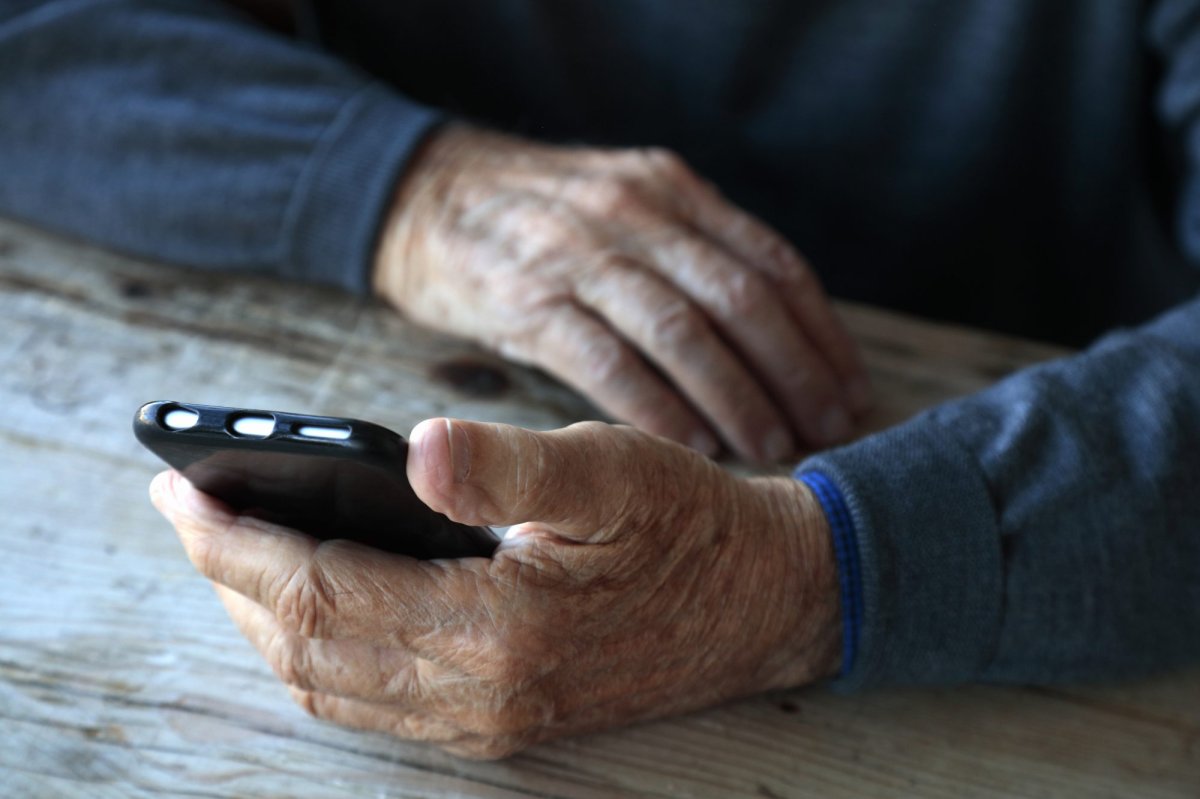The way you communicate over text can be a telling sign of internal emotions, and one graduate student at the University of Alberta has built a model to decipher those feelings and detect early signs of depression.

Nawshad Farruque, a student in the department of computing science, said the model was developed through studying linguistic clues of depressive language in written text, and is primarily being used on the social media platform Twitter.
“The outcome of our study is that we can build useful predictive models that can accurately identify depressive language,” Farruque said.
“While we are using the model to identify depressive language on Twitter, the model can be easily applied to text from other domains for detecting depression.”
The model was developed using samples of writing by people who identified as depressed on online forums.
Osmar Zaiane, a professor at the U of A, said the model works much like predictive text on a cellphone.
“The model is like something you have on your cellphone, for example, when you’re writing a message and the phone predicts the next word and even types it for you,” Zaiane said in an interview with Global News Radio 770 CHQR.
“That is based on learning the probability of the words in a sentence, and that language model actually changes when people are distressed, the way they write is different.”
Since this is the first model of its kind, Zaiane said Farruque didn’t have as much research to pull from. Zaiane said his student was able to effectively extract the right information to create an effective model.
“My student managed to do mapping, he mapped from one language model to the other, and what he found was accurate enough to detect signs of depression in text,” Zaiane said.

Scientists involved with the study noted there are many ways to use the new model, from helping identify distressed high school students to isolated seniors.
“Our depressive language detection algorithm could be integrated with a chatbot that talks with seniors and can flag signs of loneliness and depression,” Farruque said.
“Another potential application could be to monitor the messages of high school students to identify whether they are suffering from depression.”
Zaiane said he hopes this model can be used to help all ages, especially amid the ongoing COVID-19 pandemic, when stress levels may be on the rise.
“When people are alone at home they become depressed and mental health issues can lead to physical health issues,” Zaiane said.
“We’d like to detect the early signs of distress and then raise a flag so a specialist can do a final diagnostic.”


Comments